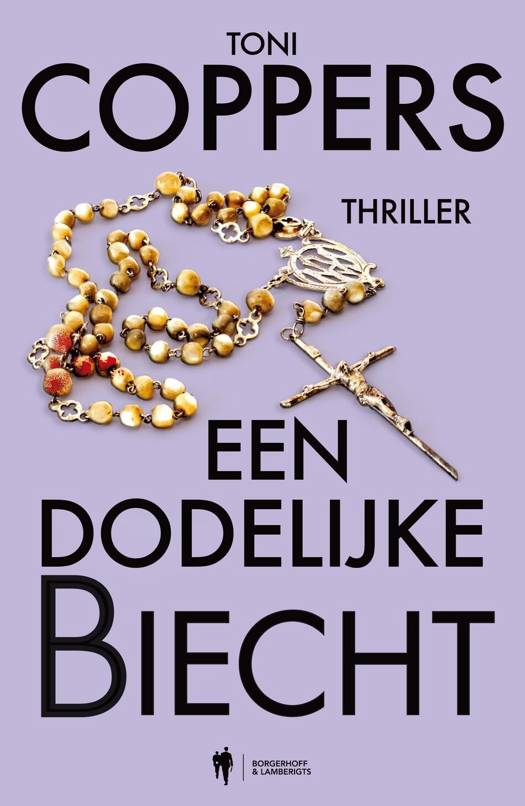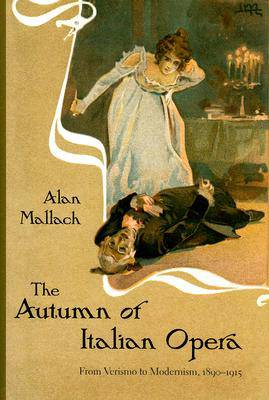
- Afhalen na 1 uur in een winkel met voorraad
- Gratis thuislevering in België vanaf € 30
- Ruim aanbod met 7 miljoen producten
- Afhalen na 1 uur in een winkel met voorraad
- Gratis thuislevering in België vanaf € 30
- Ruim aanbod met 7 miljoen producten
Omschrijving
With the passing of giants like Rossini, Bellini, and Donizetti, and with Verdi in decline, Italian opera at the end of the nineteenth century appeared to be on the wane. Then, suddenly, with the legendary premiere of Mascagni's Cavalleria Rusticana in 1890, Italian opera entered into a period of enormous artistic creativity and commercial success. In The Autumn of Italian Opera, Alan Mallach chronicles the last years of Verdi and Catalani and the emergence of the Giovane Scuola (young school) of Italian composers led by the superstar composers Puccini and Mascagni, and including such lesser-known but important figures as Giordano, Cilèa, and Leoncavallo. Mallach carries their story through to the first World War and a new generation of composers, including Zandonai and Wolf-Ferrari, through the rise of musical modernism in Italy early in the twentieth century. In doing so he offers opera scholars and aficionados a detailed and richly textured perspective on an important but widely misunderstood period in Italian opera.
Mallach places the emergence of the Giovane Scuola firmly within the great social and political upheavals of the time, which brought previously unexplored themes and exotic settings into the Opera House. Their works expressed an intensity of passion, sentimentality, and violence, which appealed to a new generation of operagoers, reflecting the growing dominance of the bourgeois in the new Italy that emerged after unification. Their music reflected the nation's growing cosmopolitanism, integrating themes and styles from composers as diverse as Massenet and Wagner, Strauss, and Debussy into the Italian operatic tradition.
While the author's principal emphasis is on operas and composers, he also provides portraits of the outstanding operatic singers and conductors of the time, and the developments that transformed the opera industry toward the end of the nineteenth century. Mallach discusses the powerful role played by the two dominant publishers, Giulio Ricordi and Edoardo Sonzogno, the ownership and operation of the nation's opera houses, the make-up of the operatic audience, and the diffusion of opera throughout Italy through civic bands and choral societies. This is a landmark and highly readable work of scholarship that sheds light on the last great era of Italian opera.
Specificaties
Betrokkenen
- Auteur(s):
- Uitgeverij:
Inhoud
- Aantal bladzijden:
- 512
- Taal:
- Engels
Eigenschappen
- Productcode (EAN):
- 9781555536831
- Verschijningsdatum:
- 30/11/2007
- Uitvoering:
- Hardcover
- Formaat:
- Genaaid
- Afmetingen:
- 162 mm x 234 mm
- Gewicht:
- 789 g

Alleen bij Standaard Boekhandel
Beoordelingen
We publiceren alleen reviews die voldoen aan de voorwaarden voor reviews. Bekijk onze voorwaarden voor reviews.











